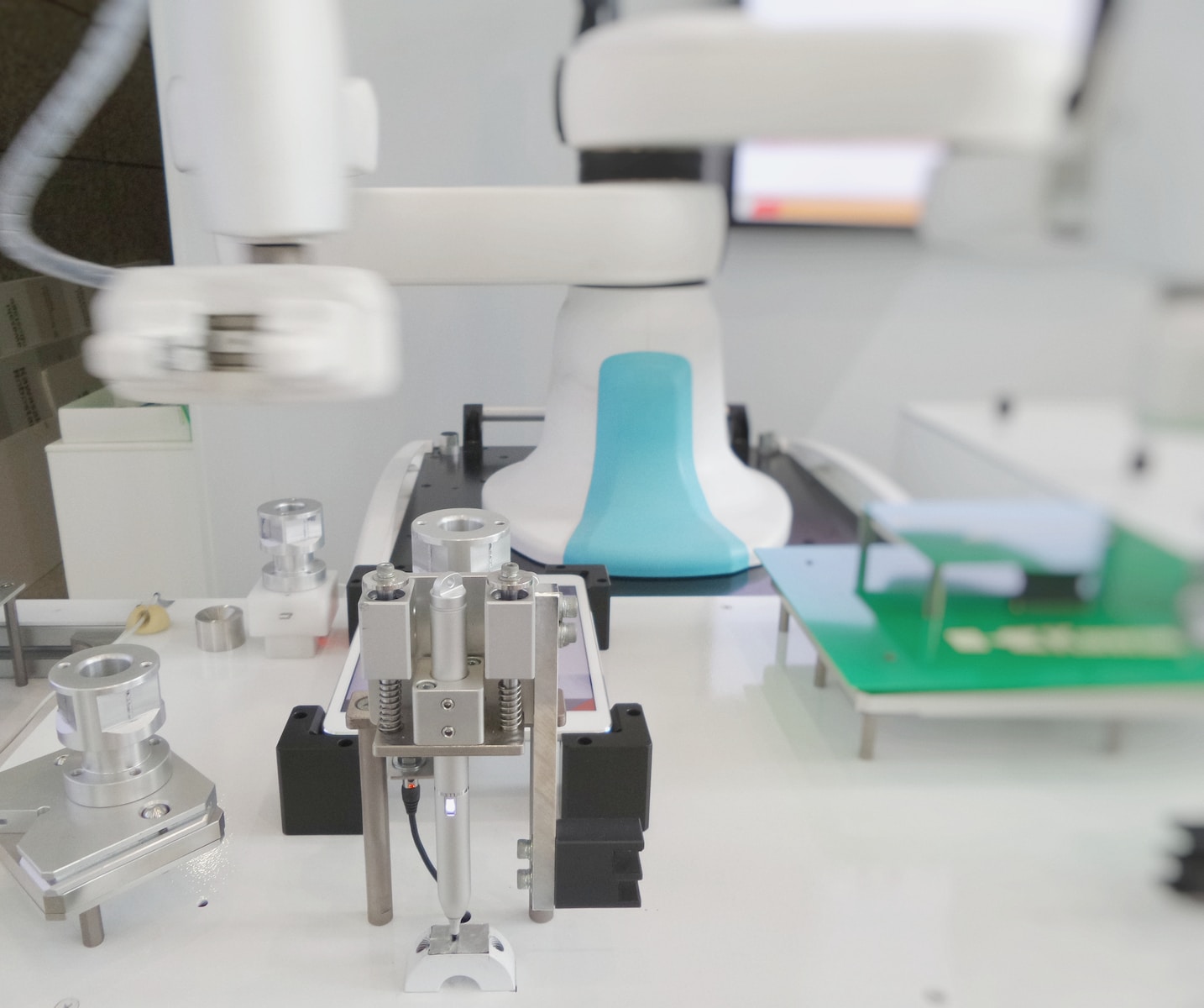What is a Gripper : Understanding
A gripper serves as a device for securely holding and manipulating objects, akin to the function of the human hand. Similar to a hand, a gripper facilitates the grasping, tightening, handling, and releasing of objects. It is a crucial component within automated systems and can either be affixed to a robot or integrated into a fixed automation system. With various styles and sizes available, selecting the appropriate gripper model is essential for specific applications.
Basic Operating Principles of a Gripper
The fundamental operating principle involves supplying compressed air to the gripper cylinder, propelling the piston up and down. Through a mechanical linkage, this movement controls the opening and closing of the gripper jaws. Three primary motions of the gripper jaws exist: parallel, angular, and toggle. These motions refer to how the gripper jaws move in relation to the gripper body.
- Parallel Gripper: Jaws move parallel to the gripper body, providing accuracy and suitability for a wide range of applications.
- Angular Gripper: Jaws open and close around a central pivot point, ideal for limited spaces or when upward movement is necessary.
- Toggle Gripper: Utilizes a pivot point for over-center toggle lock, ensuring a high grip force even in the absence of air pressure.
Differences Between 2-Jaw and 3-Jaw Grippers
- 2-Jaw Gripper: Popular style with two mounting locations for fingers, moving synchronously towards the central axis.
- 3-Jaw Gripper: Specialized style with three mounting locations, offering enhanced contact and centering capabilities.
Internal vs. External Gripping
Grippers are used for external and internal gripping based on part geometry, process requirements, part orientation, and available space.
- External Gripping: Common method using the gripper’s closing force to secure the part.
- Internal Gripping: Employed when the part geometry allows and external access is necessary, using the gripper’s opening force.
Tooling/Finger Design Considerations
Custom gripper tooling/fingers are crucial, as they make direct contact with the part. Careful design consideration, especially for retention finger shapes, can reduce the required gripper size and grip force.
Rotary Actuators: Understanding the Basics
A rotary actuator facilitates the rotation of an object and is available in various models with different sizes, torques, and rotation angles. It converts pneumatic pressure from linear to rotating motion using a rack and pinion system.
Basic Operating Principle of a Rotary Actuator
The actuator transforms air pressure into rotating motion through a rack and pinion mechanism. Air pressure propels the piston in a linear motion, engaging a rack with circular gear teeth called a “pinion.” This rotation can be reversed by supplying air pressure to the opposite side of the cylinder, allowing for versatile applications with tools or grippers connected to the actuator’s protruding shaft.

